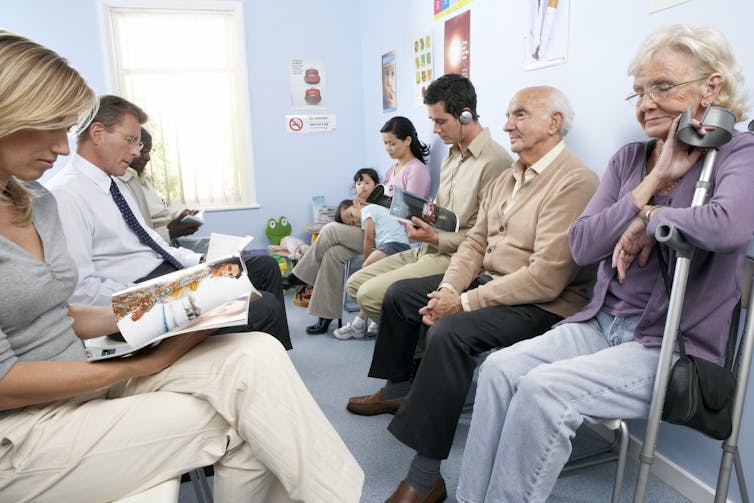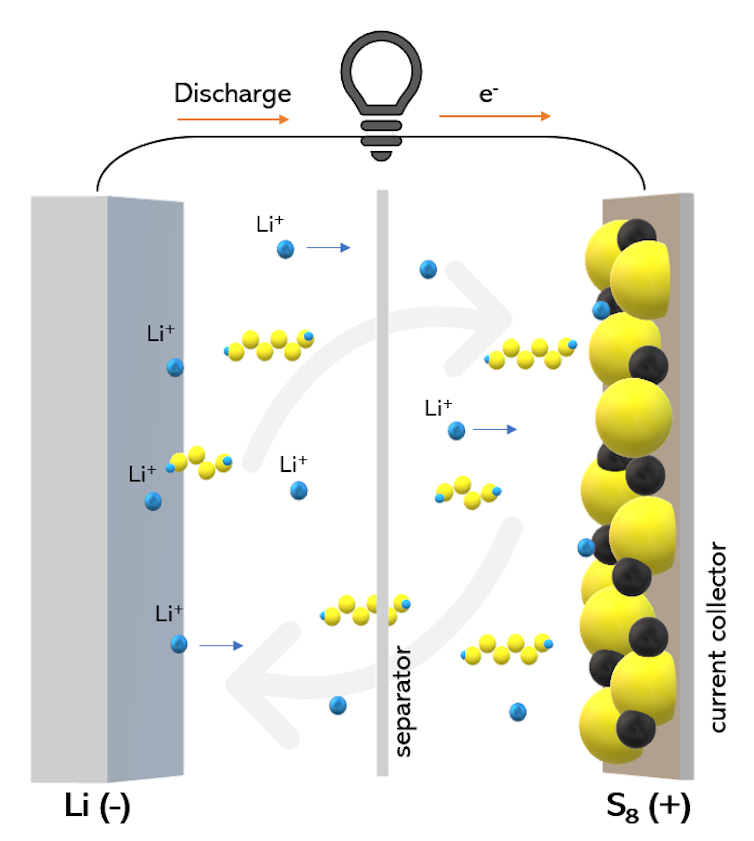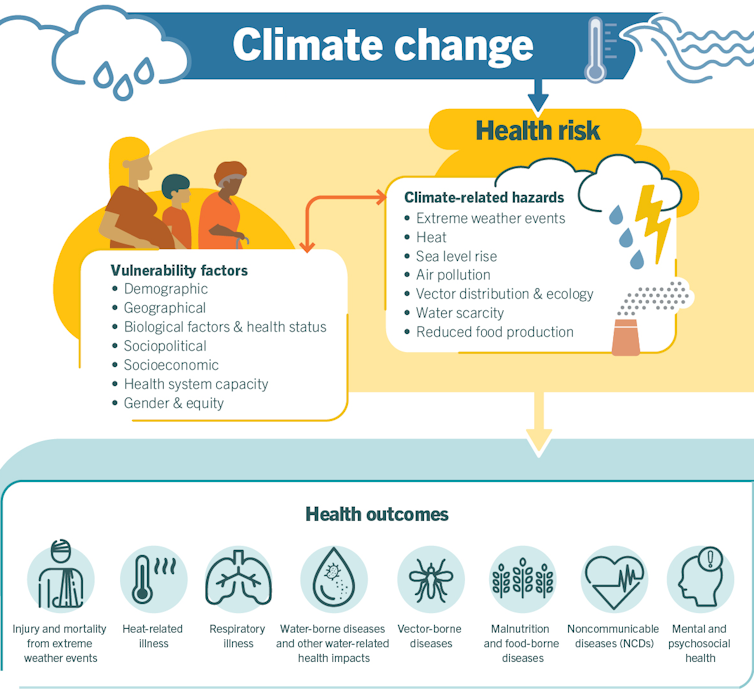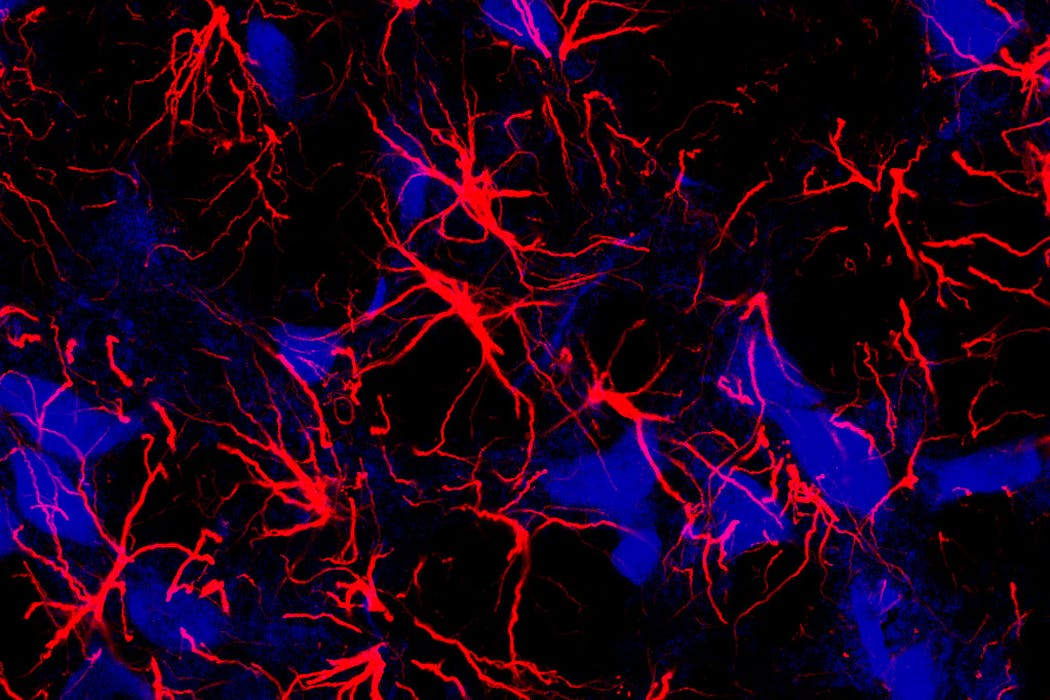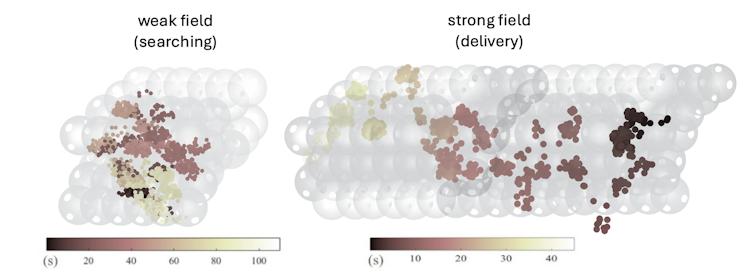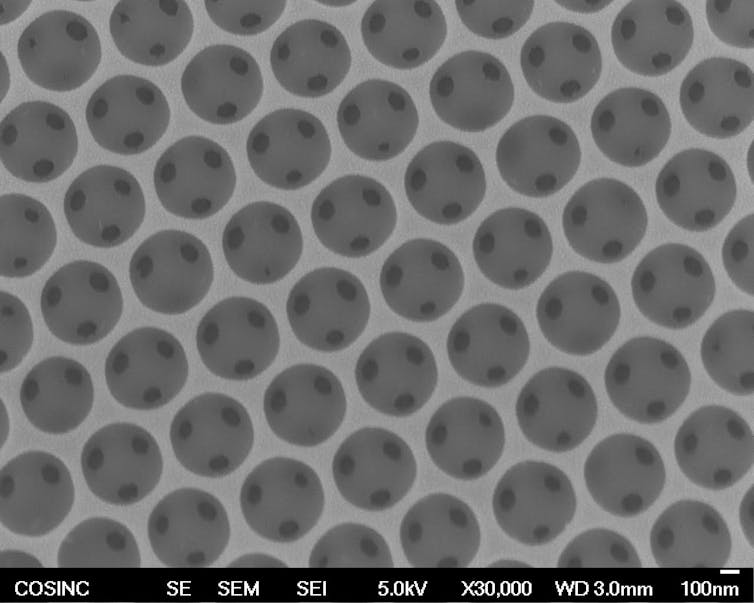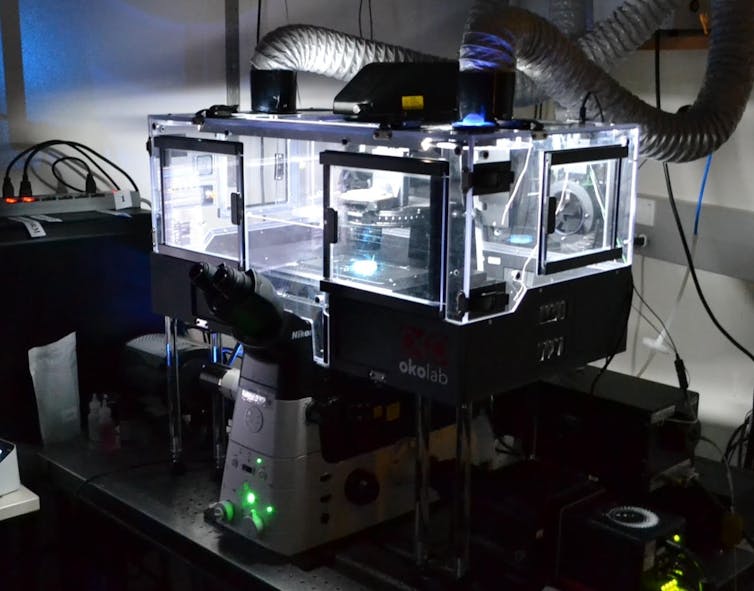Source: The Conversation – USA (2) – By Robert Mitchell, Associate Professor, College of Education, University of Colorado Colorado Springs
Leaders of Colorado’s rural schools are more likely to encourage a total stranger to go into teaching than a member of their own family, according to a Colorado-based survey published in October 2025.
The results come at a time when nearly every state in the United States faces critical teacher shortages.
We collected data in the fall of 2023 with the goal of describing the perceived strengths and limitations of rural schools in Colorado as understood by the people leading them. We sent an electronic survey to the 146 rural school principals and superintendents in the state, received 100 responses and analyzed 98.
Nearly every respondent mentioned issues related to the declining number of people who want to teach, which also reflects national trends. The number of individuals completing educator preparation programs annually in the United States has declined by more than 200,000 since its high point from 2008 to 2021.
When pressed for additional detail about the primary problems affecting their local schools and districts, more than 85% of respondents identified recruiting and retaining talented teachers as one of the most important issues. This was closely followed by concerns about supporting underprepared and underperforming students and poverty’s effect on student learning.
The Colorado context
In Colorado, more than 80% of school districts are rural. They serve more than 130,000 students.

Courtesy of Robert Mitchell
For the past decade, I have worked closely with Colorado’s rural school districts. I also worked as an administrator with the Colorado Department of Higher Education from 2013-2016. These positions have taught me a great deal about the challenges facing smaller schools throughout the state – both in Colorado’s agricultural areas and in the resort regions. Issues related to small budgets, student safety and community poverty are common challenges to schools throughout the state.
As a faculty member at the University of Colorado Colorado Springs, I routinely spend extended time at several of these small schools – even serving as a fill-in classroom teacher and principal when needed.
Colorado’s remote and rural schools remain difficult to staff. The salaries offered by these schools are consistently below state averages. Some rural districts have average salaries of $33,000. That’s far below the state average teacher’s salary of $65,838.
In addition, the challenges of living in towns that may not have a grocery store or any entertainment options is less appealing to many teachers. That’s especially true for newly certified teachers right out of college.
Multiple challenges, with a few bright spots
Our survey shows some deep concerns from the state’s rural education leaders. Only 2% of rural Colorado education leaders believe their district was very effective in working with English language learners and students who are performing below grade level. More than 13% of Colorado’s English language learners are attending school in rural areas, equating to more than 15,000 students. When working with LGBTQA+ students, only 3% believed their district was very effective in supporting these students.
In contrast, nearly 60% of school leaders think their district is either effective or very effective in supporting students performing above grade level. Half of these rural educators see their work with supporting homeless or foster students as effective or very effective.
While nearly half of respondents do not have positive feelings about the current state of education in the U.S., 76% are excited about the future of their individual school districts.
Only about 14% believe that schools today are better than at any other time, and nearly 60% reported that they believe American public schools can be fixed only with major changes.
How to fix rural school challenges
The school leaders we surveyed are very concerned about the realities associated with finding and keeping qualified teachers in their schools.
We asked respondents to rank a series of commonly stated solutions related to teachers shortages. The options ranked highest included higher wages for teachers, more respect for the teaching profession, lowering barriers that allow people to become teachers and better benefits.
Wealth of experience, depth of doubt
Despite some bright spots, rural school and district leaders in Colorado are not enthusiastic about the future of American education overall.
Many school districts consistently have unfilled positions. Some have resorted to filling vacant classroom positions by hiring retired teachers or long-term substitutes. With fewer educators per school, teacher effectiveness is reduced, reducing overall student learning.
The results of our study are exceptionally notable to me and my research team because most of the respondents in this study have 15 or more years of K-12 education experience and more than six years of experience as a rural school leader. Going into the project, we thought these dedicated educators would be more positive about the current and future state of American schools. Yet, this does not seem to be the case.
If these leaders are not optimistic, it is difficult to believe that parents or other members of rural communities would feel any differently.
![]()
Robert Mitchell does not work for, consult, own shares in or receive funding from any company or organization that would benefit from this article, and has disclosed no relevant affiliations beyond their academic appointment.
– ref. Colorado’s rural schools serve more than 130,000 students, and their superintendents want more pay for their teachers – https://theconversation.com/colorados-rural-schools-serve-more-than-130-000-students-and-their-superintendents-want-more-pay-for-their-teachers-268332


